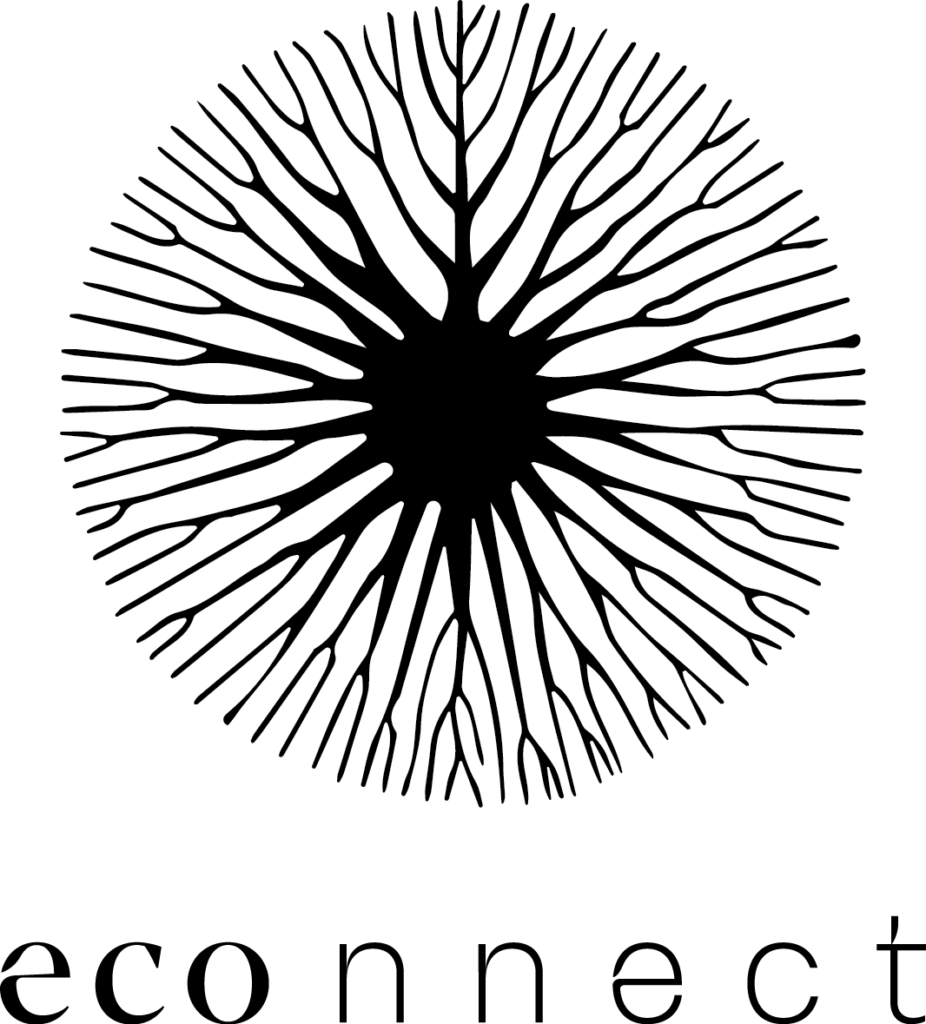In Western culture, civilization and the rule of law began once the concept of property began. With the right to property, social classes were drawn: and aristocracy and the middle class were born.
Since, we have developed property into homes of concrete, and steel, —materials that are not very friendly to our environment. According to the European Commission, the building sector produces approximately one-third of all waste, which ends up in landfields. As an industry, it contributes 11% to greenhouse gas emissions. Moreover, constructions can be disruptive to an ecosystem through drilling, soil movement, and building that can disrupt the property’s wildlife and plant life. Today, our high demand for urbanization is not sustainable as it substantially compromises the environment.
The 7 game-changing green innovations of the decade
It is an unavoidable fact that people will continue to build their dream houses, keep on developing resorts, and skyscrapers for the sake of modernity; this is why innovators have come up with sustainable best practices that can make the construction industry live more in harmony with our natural environment.
Here’s a list of sustainable technologies that have allowed progress in the mainstream construction industry:

Solar Window
Solar Window uses a liquid coating made of earth-abundant materials, such as hydrogen and carbon that produce ultra-small solar cells that form groups called “arrays” that create energy without the need of direct sunlight. The creators of Solar Window hope that one day skyscrapers will be made out of their windows of self-sufficient clean energy.
A single installation can avoid 2.2 million miles of CO2 pollution, 12 times more than solar panels.

LiveRoof
LiveRoof is a company that uses natural functions to unite soil across roofs, allowing home owners to have green spaces even in cities. The method they use allows for equal distribution of moisture, fertility, and benefit organisms; key to long term function of the green roof system.
Liveroof provides many environmental benefits. They help mitigate the urban heat island effect, reduces stormwater runoff, creates a habitat for local wildlife, and during the summer it can reduce energy consumption since the roof has cooling effects. Also, by having a green roof, the roof’s quality will last longer since the grass will be protecting it from other external elements.

Icestone
Icestone makes 100% recycled countertops with no toxic materials that can harm the ecosystem around the construction or your food. They have a great variety of colors to choose from.
Many marble countertops come from mines that produce waste and pollution in rivers and oceans, thus opting for a 100% recycled glass countertop is the most sustainable and environmental choice. They have been certificated as a B Corporation, Cradle to Cradle, NSF, and U.S Green Council Member.

Niagara Conservation
This silent toilet brand offers a more water-efficient alternative to regular toilets. The toilets keep on looking the same as any other, but each half flush in a niagara toilet is only 0.5 gallons per flush, and the full flush is still only 0.95 gallons per flush. Many toilets out there are up at 1.28 and 1.6 gallons per flush!

Tarkett
Tarkett is a company that produces floors made out of recycled venial, wood, laminated timber, carpet rolls, tiles, linoleum, and artificial grass. Their goal is to establish a circular economy through cradle to cradle, receiving products from competitors and demolished leftovers. One Trakett product alone can contain around 20 raw products.

Hempcrete
Hempcrete uses the hemp from the cannabis sativa plant. As any other plant product, hemp absorbs carbon dioxide during its growing period, making hempcrete carbon negative.
Hempcrete is used as an alternative to concrete and mainstream insulation, which are accountable to many greenhouse emissions and waste.














